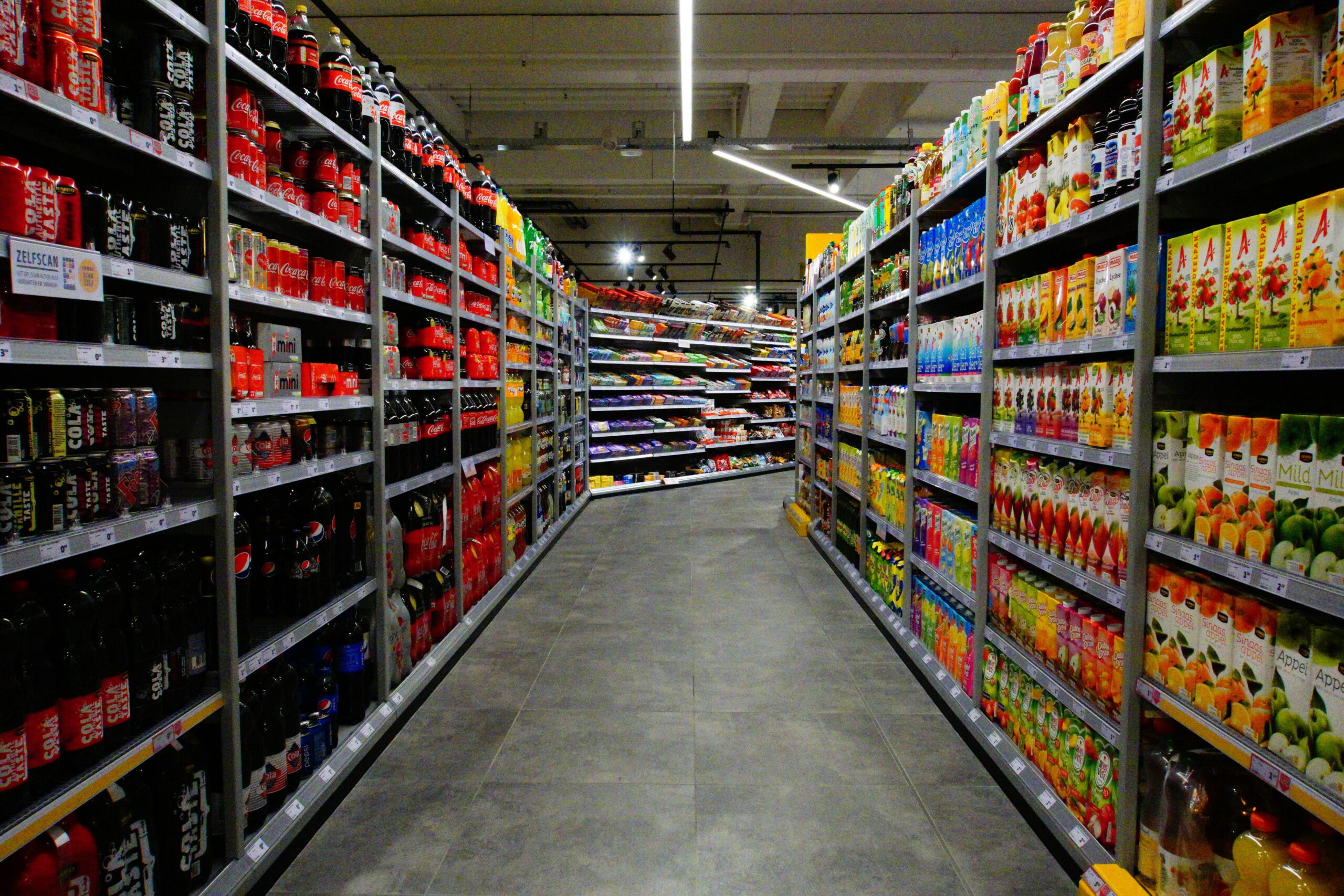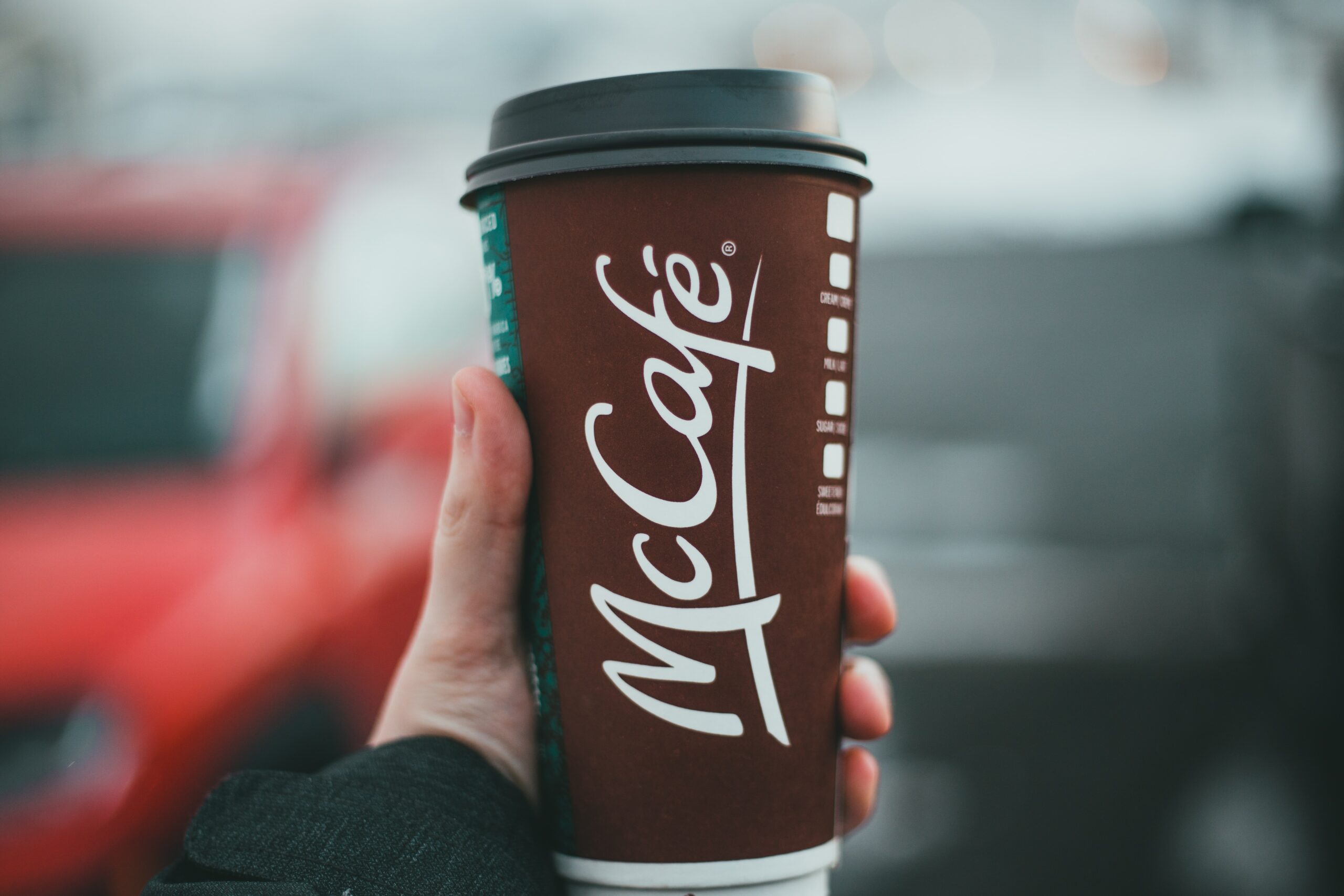
McDonald’s Frappes are a popular coffee-based drink option available at the fast-food chain. They are a sweet and creamy blended beverage that is perfect for coffee lovers who want to cool down in the summer or indulge in a treat year-round. There are different flavors of McDonald’s Frappes, and the caffeine content may vary depending on the type of Frappe.
In this article, we’ll explore the types of McDonald’s Frappes and the caffeine content of each.
Types of McDonald’s Frappes
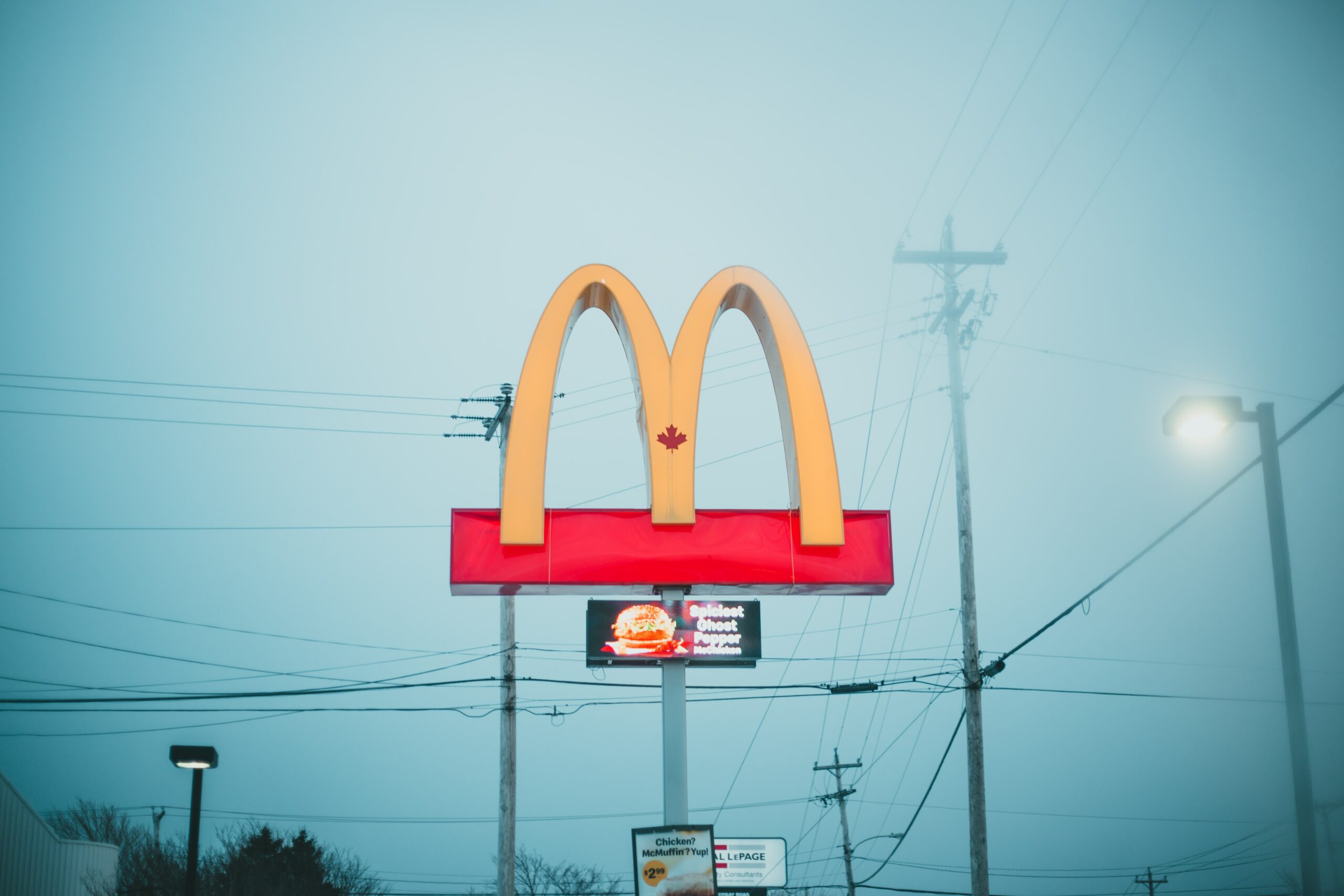
McDonald’s offers a few different flavors of Frappes that cater to different tastes. Here are the most popular varieties:
Caramel Frappe: This is one of the most popular Frappes at McDonald’s, and it is made with caramel syrup, coffee, milk, and ice. It is topped with whipped cream and caramel drizzle. The Caramel Frappe is a sweet and indulgent beverage that is perfect for anyone with a sweet tooth.
Mocha Frappe: The Mocha Frappe is a chocolate lover’s dream. It is made with chocolate syrup, coffee, milk, and ice, and topped with whipped cream and chocolate drizzle. This Frappe has a rich chocolate flavor with a hint of coffee, making it a perfect dessert-like treat.
Vanilla Frappe: The Vanilla Frappe is a classic flavor that is perfect for those who enjoy a simple and classic taste. It is made with vanilla syrup, coffee, milk, and ice, and topped with whipped cream and vanilla drizzle.
Chocolate Chip Frappe: The Chocolate Chip Frappe is a new addition to the McDonald’s Frappe lineup. It is made with chocolate chips, coffee, milk, and ice, and topped with whipped cream and chocolate chips. This Frappe has a rich chocolate flavor and the added texture of the chocolate chips.
Caffeine Content of McDonald’s Frappes
The caffeine content of McDonald’s Frappes varies depending on the type of Frappe and the size you order. Here is a breakdown of the caffeine content of McDonald’s Frappes:
Caramel Frappe: A small (12 oz) Caramel Frappe contains approximately 65 mg of caffeine, a medium (16 oz) contains around 90 mg, and a large (22 oz) contains approximately 130 mg.
Mocha Frappe: A small (12 oz) Mocha Frappe contains approximately 65 mg of caffeine, a medium (16 oz) contains around 95 mg, and a large (22 oz) contains approximately 140 mg.
Vanilla Frappe: A small (12 oz) Vanilla Frappe contains approximately 65 mg of caffeine, a medium (16 oz) contains around 95 mg, and a large (22 oz) contains approximately 140 mg.
Chocolate Chip Frappe: A small (12 oz) Chocolate Chip Frappe contains approximately 65 mg of caffeine, a medium (16 oz) contains around 95 mg, and a large (22 oz) contains approximately 140 mg.
It’s important to note that the caffeine content of McDonald’s Frappes is relatively low compared to other coffee-based drinks like lattes or cappuccinos. For example, a small (12 oz) latte from McDonald’s contains approximately 142 mg of caffeine, which is more than double the amount found in a small Frappe.
It’s also worth mentioning that the caffeine content of McDonald’s Frappes may vary slightly depending on factors such as the specific type of coffee used and the brewing method. However, the caffeine content of McDonald’s Frappes is generally consistent across locations and is within the range of other coffee-based beverages.
Do McDonald’s Frappes Have Coffee in Them?
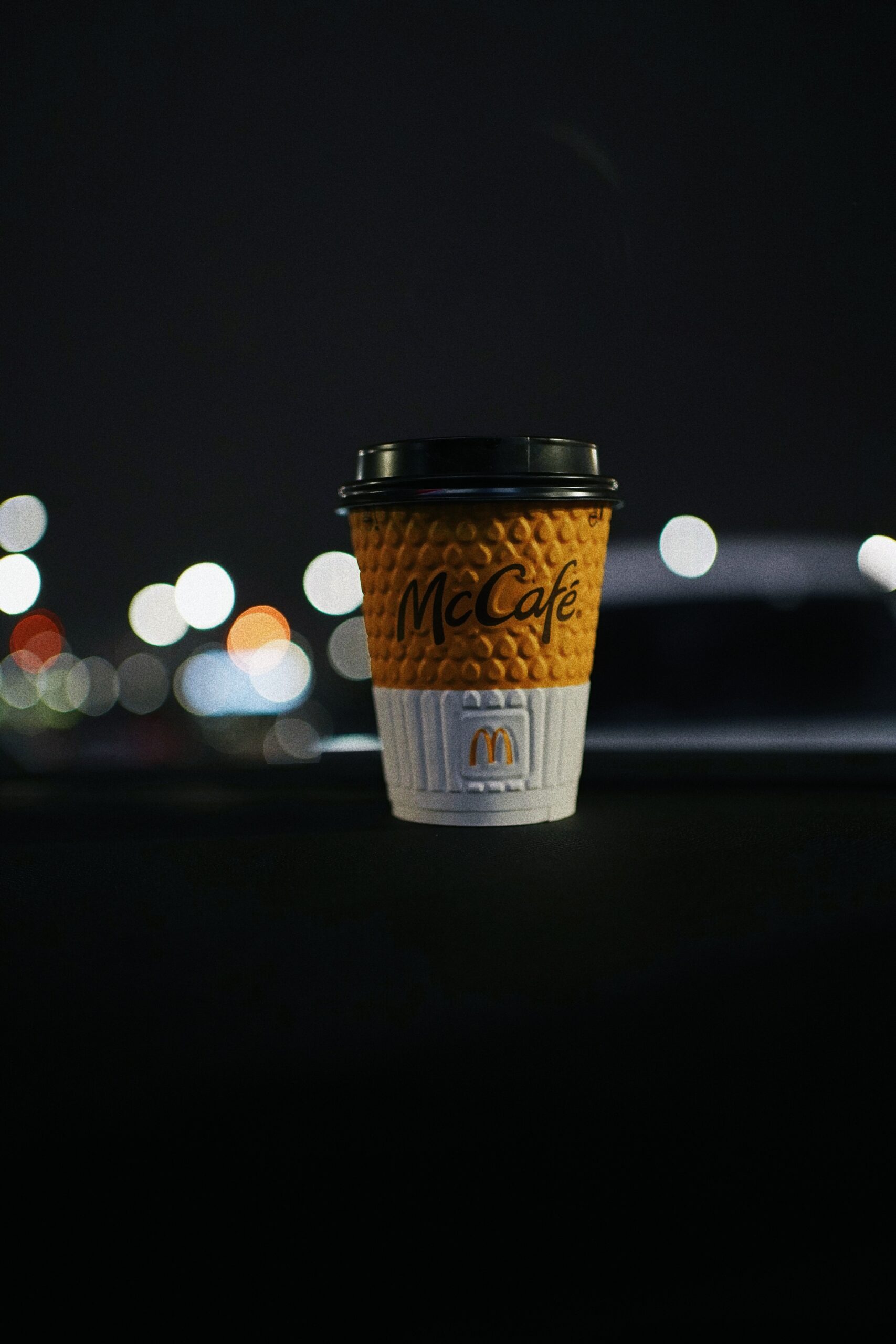
Yes, McDonald’s Frappes do have coffee in them. The coffee is one of the main ingredients in all McDonald’s Frappes, along with milk, ice, and various flavorings. The type of coffee used in the Frappes is McDonald’s signature McCafé coffee, which is a medium roast blend of 100% Arabica beans. The coffee provides the Frappes with a rich and smooth flavor that is well-balanced with the other ingredients. However, it’s worth noting that the amount of coffee used in each Frappe varies depending on the size and flavor of the drink. Overall, if you’re looking for a sweet and indulgent coffee-based treat, a McDonald’s Frappe may be a great option for you.
Does McDonald’s Have a Decaf Frappe?
Yes, McDonald’s does offer a decaf version of their Frappes. Customers can request their Frappes to be made with decaf coffee instead of regular coffee. The decaf Frappes are made using the same ingredients as the regular Frappes, including milk, ice, and various flavorings, but with decaffeinated coffee. Decaf Frappes are a great option for people who want to enjoy the sweet and creamy taste of a Frappe but don’t want the caffeine content that comes with it. It’s worth noting that the caffeine content of the flavorings used in the Frappes, such as chocolate or caramel syrup, remains unchanged in the decaf versions.
What Types of Frappes Does McDonald’s Serve?
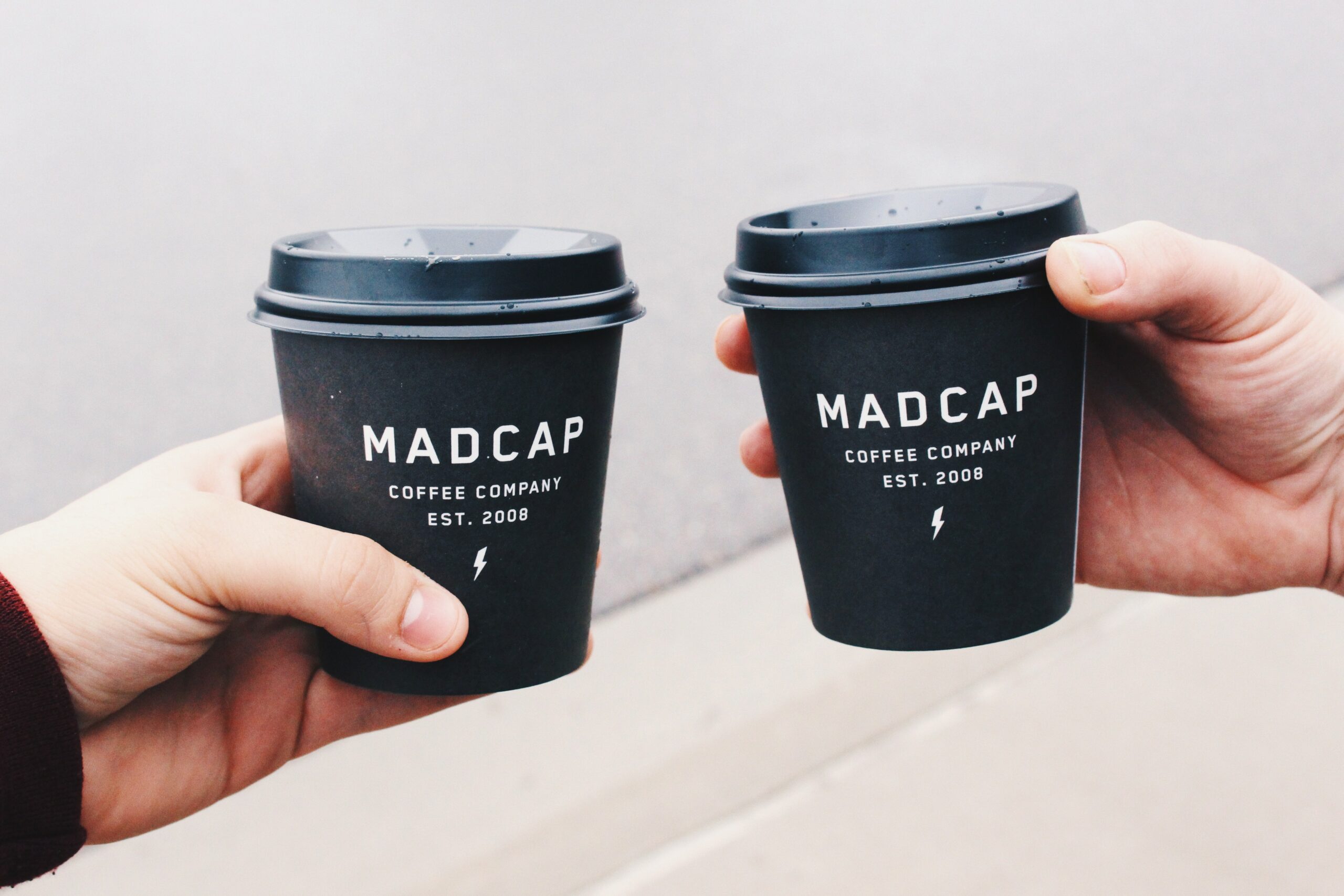
McDonald’s is known for its McCafé line of coffee beverages, which includes a variety of Frappes. Here are some of the most popular types of Frappes that McDonald’s serves:
Caramel Frappe: Made with a blend of coffee, milk, ice, and caramel syrup, this Frappe is topped with whipped cream and caramel drizzle.
Mocha Frappe: This Frappe is made with a blend of coffee, milk, ice, and chocolate syrup, and is topped with whipped cream and chocolate drizzle.
Vanilla Frappe: Made with a blend of coffee, milk, ice, and vanilla syrup, this Frappe is topped with whipped cream and a cherry.
Chocolate Chip Frappe: A twist on the Mocha Frappe, this version includes chocolate chips blended into the drink for added texture and flavor.
Oreo Frappe: A seasonal favorite, this Frappe is made with a blend of coffee, milk, ice, and Oreo cookie pieces, and is topped with whipped cream and cookie crumbles.
Strawberry Frappe: Made with a blend of coffee, milk, ice, and strawberry syrup, this Frappe is topped with whipped cream and a drizzle of strawberry sauce.
Cinnamon Cookie Frappe: A seasonal offering, this Frappe includes a blend of coffee, milk, ice, and cinnamon cookie syrup, and is topped with whipped cream and cinnamon sugar.
Each Frappe is customizable, allowing customers to choose the size, type of milk (whole, skim, or cream), and toppings, such as whipped cream, chocolate or caramel drizzle, and cookie crumbles. McDonald’s Frappes are known for their sweet and indulgent taste, making them a popular choice among coffee and dessert lovers alike.
It’s important to note that the availability of Frappes may vary by location and season, as McDonald’s often introduces new flavors and limited-time offerings throughout the year. Customers can check their local McDonald’s menu or visit the McDonald’s website or mobile app for the most up-to-date information on Frappes and other menu items.
Can You Buy McDonald’s Frappe In Stores?
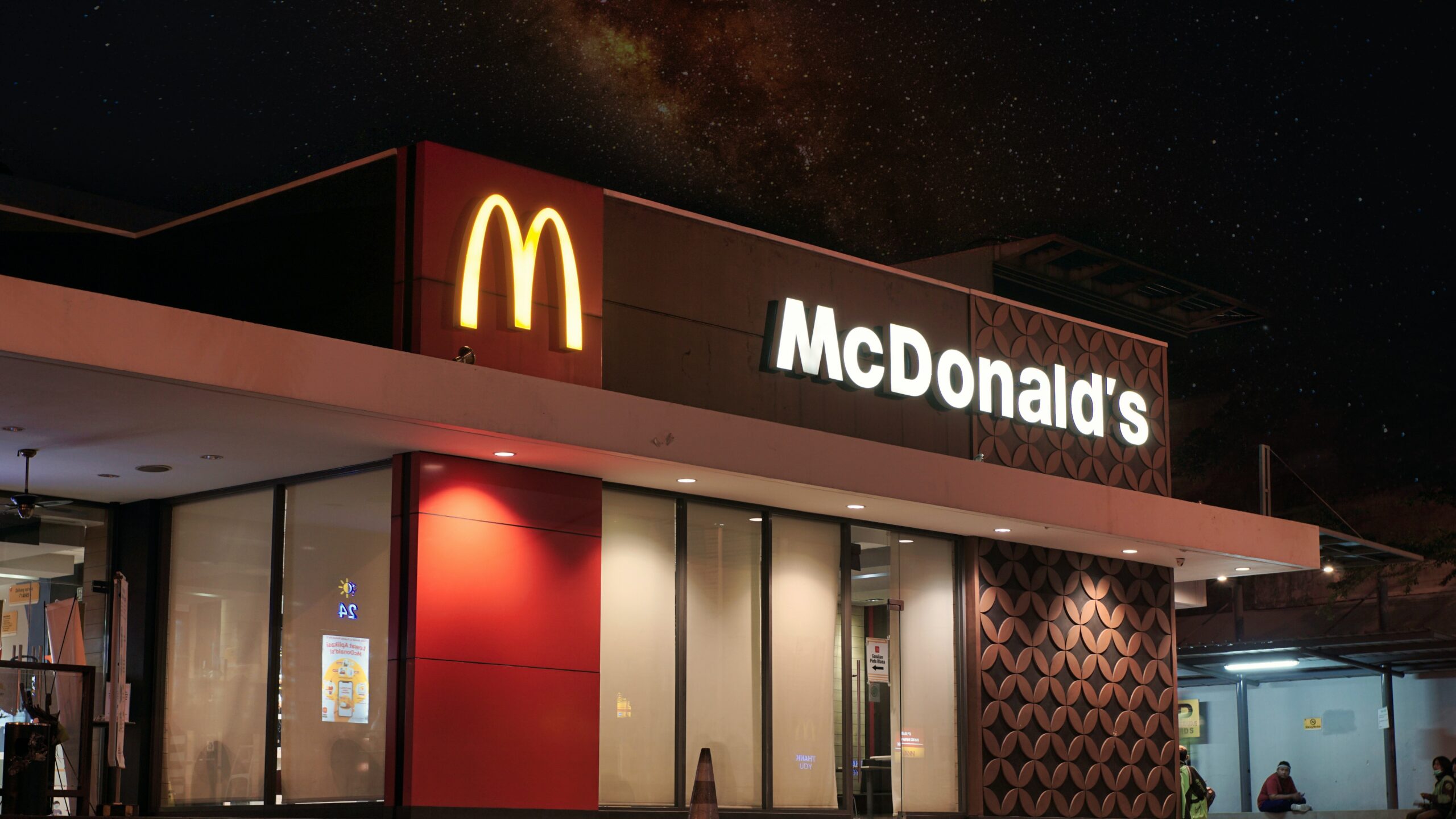
No, McDonald’s Frappes are not available for purchase in stores. McDonald’s Frappes are made using specialized equipment and ingredients that are only available to McDonald’s restaurants. These ingredients and equipment are not sold to the general public, and therefore it’s not possible to make a McDonald’s Frappe at home.
However, there are many recipes and tutorials available online that attempt to recreate the taste and texture of McDonald’s Frappes using ingredients that are commonly found in most kitchens. These recipes may not be exactly the same as the Frappes sold in McDonald’s restaurants, but they can be a fun and creative way to enjoy a similar drink at home.
It’s also worth noting that many grocery stores and retailers sell pre-packaged Frappes and Frappe mixes that can be made at home. These products may not have the exact same taste and texture as McDonald’s Frappes, but they can still provide a similar flavor profile and be a convenient and affordable option for those who want to enjoy a Frappe at home.
Overall, while you cannot buy a McDonald’s Frappe in stores, there are alternative options available for those who want to enjoy a similar drink at home.
Caffeine Content of McDonald’s Coffees & Teas
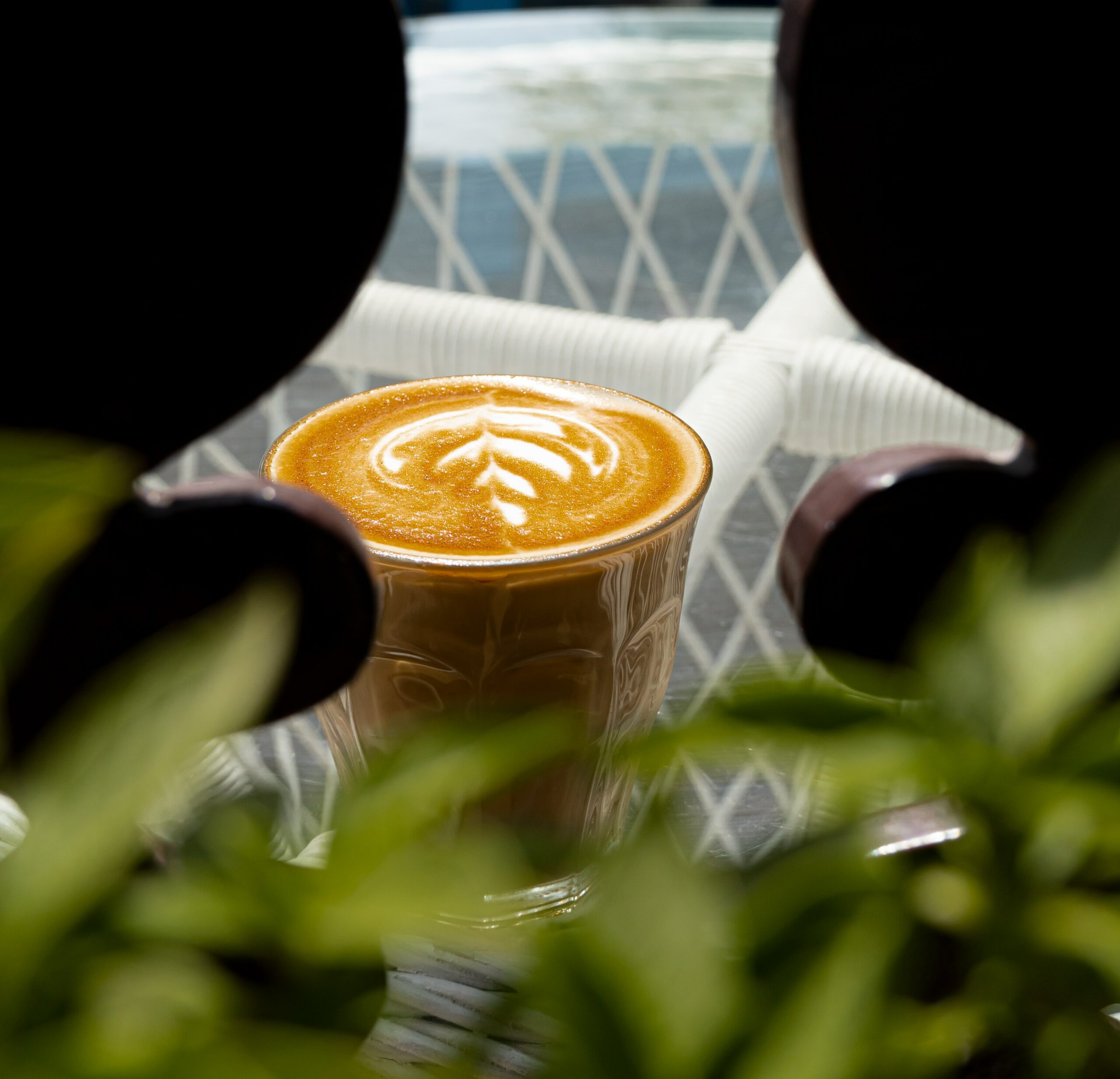
McDonald’s offers a variety of coffee and tea options on its menu, each with varying levels of caffeine. Here is a breakdown of the caffeine content of some of the most popular coffee and tea drinks at McDonald’s:
Premium Roast Coffee: McDonald’s Premium Roast Coffee is their standard drip coffee. A small 8 oz cup contains 100 mg of caffeine, a medium 16 oz cup contains 145 mg, and a large 21 oz cup contains 180 mg.
Espresso: McDonald’s espresso shots contain 75 mg of caffeine per 2 oz shot.
Iced Coffee: McDonald’s Iced Coffee contains 200 mg of caffeine in a large 32 oz cup
.
Latte: A small McDonald’s Latte contains 71 mg of caffeine, while a medium contains 142 mg and a large contains 178 mg.
Mocha: A small McDonald’s Mocha contains 71 mg of caffeine, while a medium contains 142 mg and a large contains 178 mg.
Cappuccino: A small McDonald’s Cappuccino contains 71 mg of caffeine, while a medium contains 142 mg and a large contains 178 mg.
Hot Tea: McDonald’s offers a variety of hot teas, including black tea, green tea, and herbal teas. The caffeine content varies depending on the type of tea and the size of the cup. A small cup of black tea contains 47 mg of caffeine, while a small cup of green tea contains 30 mg. Herbal teas do not contain caffeine.
It’s worth noting that the caffeine content of these drinks may vary depending on factors such as the brewing method, the type and origin of the coffee or tea, and the size of the cup. Additionally, McDonald’s occasionally introduces new coffee and tea drinks that may have different caffeine content than their standard menu items.
Overall, McDonald’s offers a range of coffee and tea options with varying levels of caffeine to suit the preferences and needs of its customers.
What’s the Difference Between Coffee and Espresso?
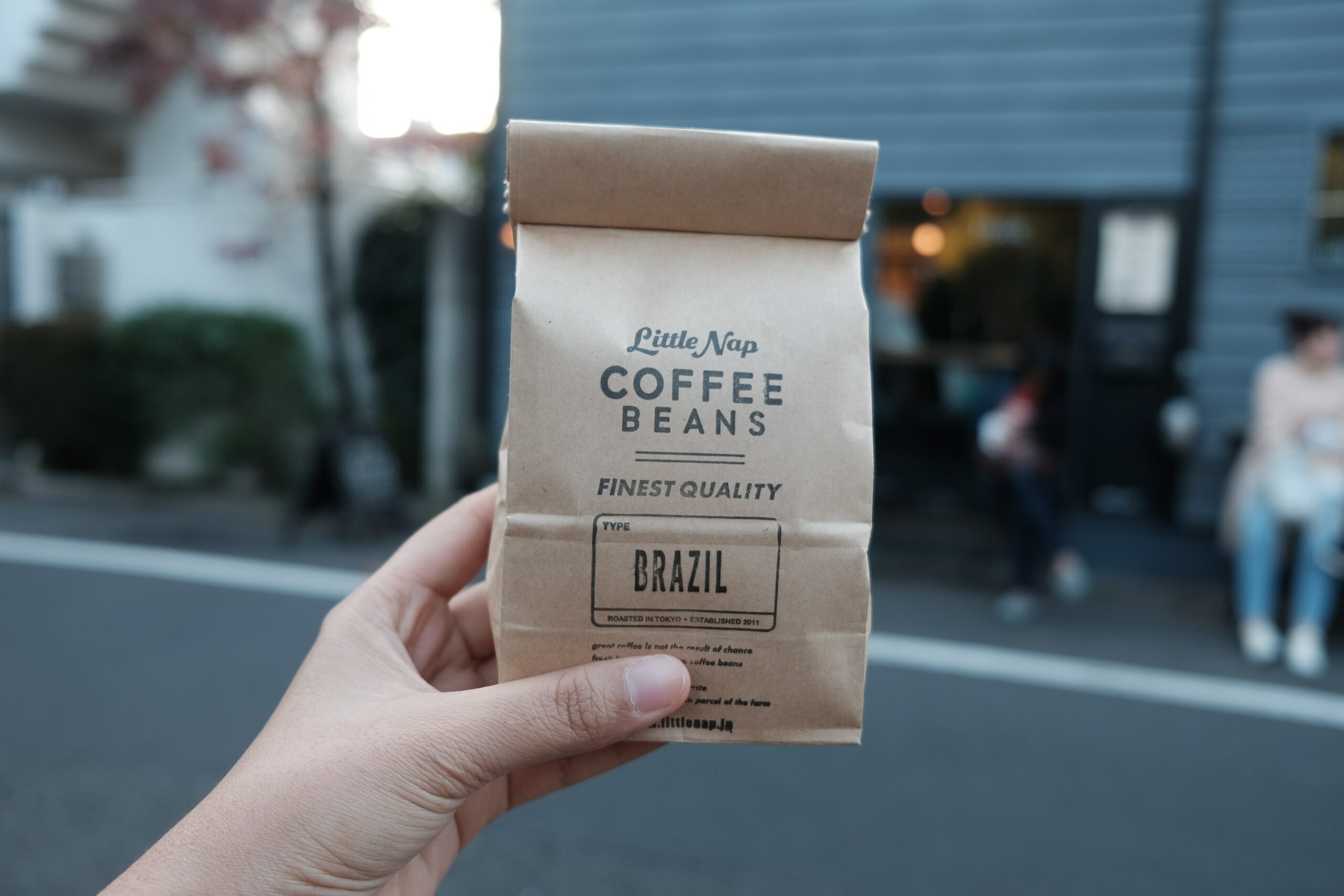
Coffee and espresso are both popular beverages made from coffee beans, but they differ in their preparation methods, flavor profiles, and caffeine content.
Preparation method:
Coffee is typically brewed by adding hot water to ground coffee beans and allowing the mixture to steep for several minutes. This can be done using a variety of methods such as drip brewing, French press, or pour-over. The result is a flavorful, aromatic beverage that can be enjoyed on its own or with milk and sugar.
Espresso, on the other hand, is made by forcing hot water through finely ground coffee beans using a special machine called an espresso machine. This process extracts the flavor and caffeine from the coffee beans quickly and efficiently, resulting in a concentrated shot of coffee that is thicker and creamier than regular coffee.
Flavor profile:
The flavor profile of coffee and espresso can also differ significantly. Coffee is typically smoother and less intense than espresso, with a wider range of flavors that can vary depending on the brewing method, the type and origin of the coffee beans, and the addition of milk or sugar. Coffee can have a range of flavors such as nutty, chocolatey, fruity or floral.
Espresso, on the other hand, is more intense and concentrated in flavor, with a strong, bold taste that is often described as bitter or nutty. The crema on top of the espresso shot provides a layer of sweetness which balances out the bitter flavors. Espresso has a rich, smooth texture and is often used as a base for other coffee drinks, such as lattes or cappuccinos.
Caffeine content:
While the caffeine content of coffee and espresso can vary depending on factors such as the type of coffee beans used and the brewing method, espresso generally has more caffeine than coffee. A shot of espresso contains roughly 63 milligrams of caffeine, while a 8-ounce cup of coffee contains between 70-140 milligrams of caffeine. However, because espresso is consumed in smaller quantities than regular coffee, the total caffeine intake is less.
Uses:
Coffee is typically consumed on its own or with milk and sugar, and is often enjoyed as a morning pick-me-up or as a relaxing beverage throughout the day.
Espresso, on the other hand, is often used as a base for other coffee drinks, such as lattes, cappuccinos, and Americanos. These drinks combine espresso with steamed milk, foam, or hot water to create a variety of flavors and textures.
The main differences between coffee and espresso are their preparation methods, flavor profiles, and caffeine content. Coffee is typically smoother and less intense than espresso, with a wider range of flavors and lower caffeine content. Espresso, on the other hand, is more intense and concentrated in flavor, with a stronger, richer taste and higher caffeine content. Both beverages have their own unique qualities and are enjoyed by millions of people around the world.
Conclusion
In this conversation, we covered several topics related to McDonald’s Frappes, including their caffeine content, flavors, and availability. We learned that McDonald’s Frappes contain varying levels of caffeine depending on the flavor and size, and that they are made with a blend of coffee, milk, sugar, and flavorings. We also discussed the different flavors available, including mocha, caramel, and vanilla. While McDonald’s Frappes are not available for purchase in stores, customers can purchase McCafe ground coffee and coffee pods to make their own Frappes at home. Finally, we touched on the difference between coffee and espresso, which are both used as a base for McDonald’s Frappes.
Overall, McDonald’s Frappes are a popular beverage choice for many people, offering a sweet and refreshing way to enjoy coffee on a hot day. While they may not be the healthiest option due to their high sugar content, they can be enjoyed in moderation as a treat or occasional indulgence.
